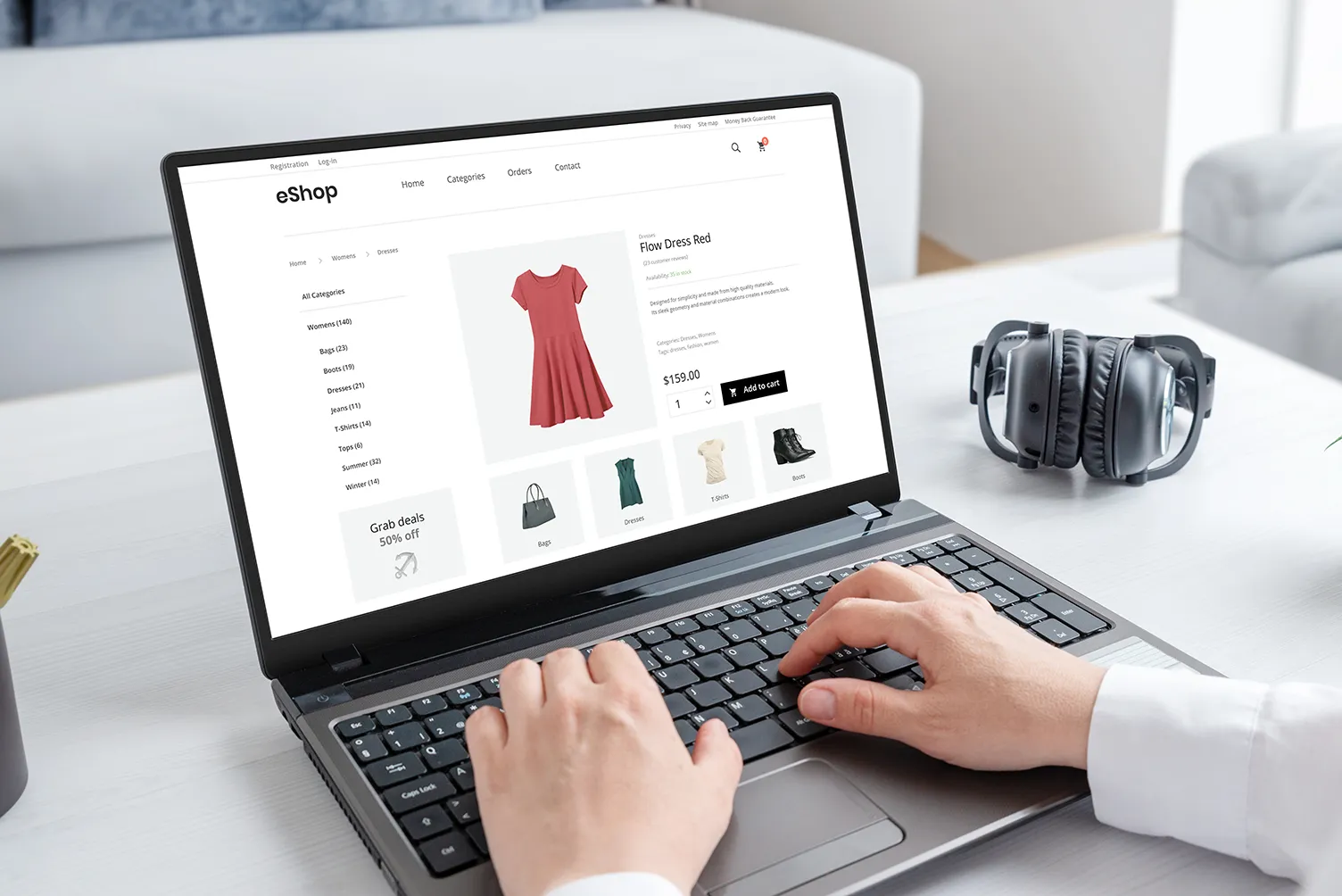Google: Followed Outbound Links Can Improve Your Site’s Credibility
.jpg)
.webp)
It’s not uncommon for SEOs to make a mountain out of a molehill when it comes to updated Google help pages and guidelines - something I’m all too familiar with myself. However, the search giant’s recently updated advice on link best practices could well have widespread implications for web publishers.
What’s New about Google’s Linking Advice?
A quick comparison between the new version of its guidelines and an archived copy from earlier in the week reveals a number of new and updated titbits of advice, relating to both internal and external linking practices.
Outbound Links
Perhaps the most notable of its updates, Google now explicitly encourages the use of followed external links by publishers. A quick straw poll amongst digital PR colleagues at ICS-digital - as well as simply following the industry at large - shows that securing ‘do-follow’ linking coverage has become harder than ever over the past 12-18 months; perhaps due to an abundance of caution or trepidation amongst publishers, particularly those with a heavy reliance on organic traffic.
Google’s increased emphasis in recent years on the use of link attributes such as UGC, nofollow and sponsored - while failing to give the same attention to followed links - may well have played a role in this reluctance. This is something the company clearly nods to and tries to address in its updated advice:
“Linking to other sites isn't something to be scared of; in fact, using external links can help establish trustworthiness (for example, citing your sources). Link out to external sites when it makes sense, and provide context to your readers about what they can expect.”
With E-E-A-T being the buzzword of the moment, Google’s position represents a straightforward method for publishers to at least go some way towards satisfying one aspect of the content quality criteria. In its example about - what else - cheese and music, the company explains that citing sources adds value to your content, and that sites should “use nofollow only when you don't trust the source, and not for every external link on your site”.
According to a recent study from Swiss researchers, Emmental cheese wheels that were exposed to music had a milder flavor when compared to the control cheese wheels (which experienced no such musical treatment), with the full findings available in <a href="https://example.com">Cheese in Surround Sound—a culinary art experiment</a>.
Whilst it’d be unrealistic to expect a bevy of media publishers to suddenly turn all their nofollow links around retrospectively off the back of this news, it may at least see the start of a softening of the blanket ‘no followed links’ policy digital PRs are faced with on a daily basis.
Internal Links & Anchor Texts
Elsewhere, Google’s updated article provides advice on anchor text selection and placement, reinforcing the notion of building contextual links, with natural language used both as part of the anchor text itself as well as in the surrounding content - all without keyword stuffing, of course.
It also encourages taking a common-sense approach to the number and cadence of links including in a particular piece of content, while advocating the use of cross-referencing content as a basic must-have for publishers. Not really a piece of groundbreaking information, but useful to be explicitly spelt out in one resource, nevertheless.
“Every page you care about should have a link from at least one other page on your site.”
To learn about how ICS-digital can support with your off-page SEO strategy, including securing high-authority followed links and brand coverage, check out our award-winning digital PR service or get in touch to chat to us directly.










